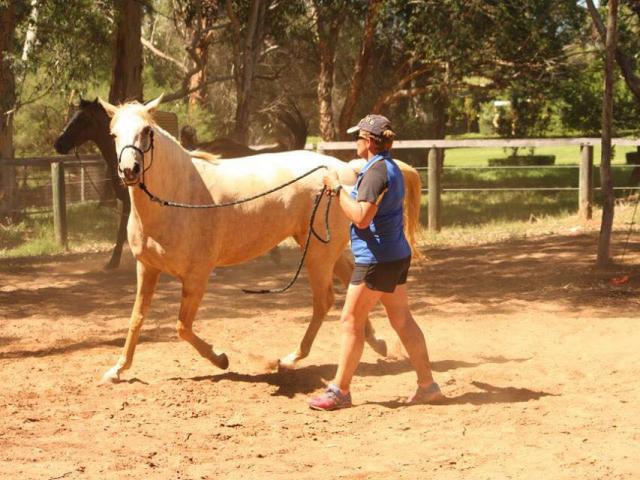Horse owners: be aware of Hendra virus risk

Western Australian horse owners and handlers are reminded to be aware of the risk of Hendra virus and to take steps to protect their horses and human health.
Hendra virus is a fatal disease of horses caused by horse contact with the secretions of flying foxes (fruit bats) that carry the virus.
People who have close contact with infected horses, including veterinary staff, may also contract the disease.
The risk of Hendra virus occurring in Western Australia is low, but it is important to remain vigilant for signs of the disease.
Hendra virus has never been diagnosed in horses in WA, however, flying foxes in northern WA have shown evidence of exposure to Hendra virus and so have the potential to infect horses where there is close contact.
Hendra virus most often occurs in winter and New South Wales recently had a case in the Hunter Valley, the furthest south that the disease has occurred to date.
With regular movements of horses back and forth across Australia for equestrian events, horses can also be exposed to other horses incubating the disease.
There are several steps horse owners can take to reduce the risk of Hendra virus occurring.
Steps to reducing the risk of Hendra virus
- Wherever possible, minimise horse and flying fox contact.
- Keep horses out of paddocks where flying foxes are present, particularly when trees are flowering and fruiting, and remove fruit debris. If this is not possible, fence off trees where flying foxes roost so that horses do not have contact with bat secretions.
- Ensure any feed and water is kept in a covered area to avoid exposure to bat secretions.
- If your horse has contact with horses from Queensland and New South Wales, speak to your vet about whether your horse should be vaccinated in order to protect its health as well as the health of its handlers. And remember that regular boosters are required.
What does Hendra virus look like?
Hendra virus in horses can present in a number of ways, but in most cases the illness comes on rapidly and the horse deteriorates quickly.
Other key signs to be aware of are a fever and rapid heart rate, dullness, laboured breathing, nasal discharge and neurological signs such as wobbly gait, lack of coordination, apparent blindness, aimless walking, head tilting, muscle twitching, urinary incontinence and inability to get up.
What to do if you see signs of Hendra virus in your horse
If you suspect Hendra virus, call your vet or the Emergency Animal Disease hotline on 1800 675 888 immediately, isolate the horse and minimise contact until the disease has been ruled out.
See the Hendra virus webpage for more information about the virus in horses.
People who have been in contact with a horse suspected to have Hendra virus should immediately contact their doctor for advice.
For further information contact Department of Primary Industries and Regional Development animal health surveillance manager Marion Seymour on +61 (0)8 9651 0534 or marion.seymour@dpird.wa.gov.au
